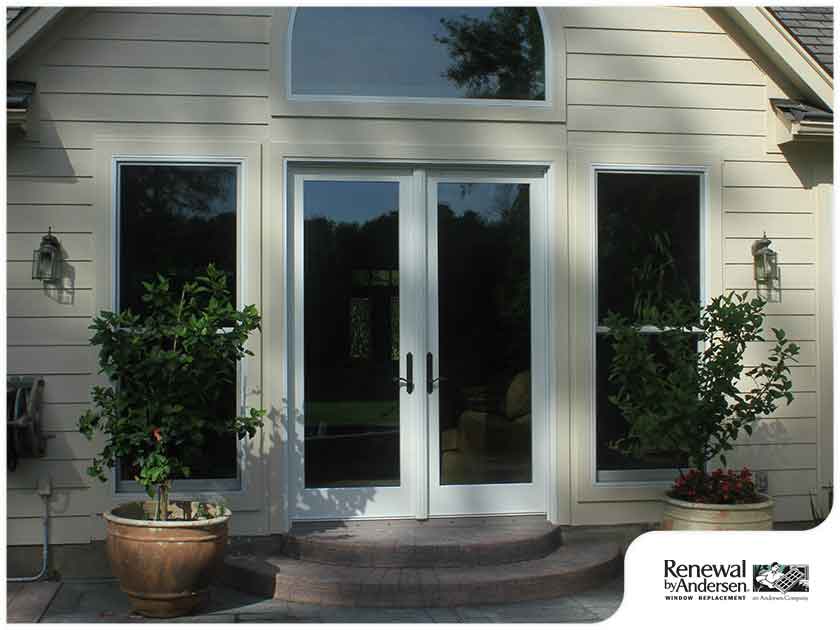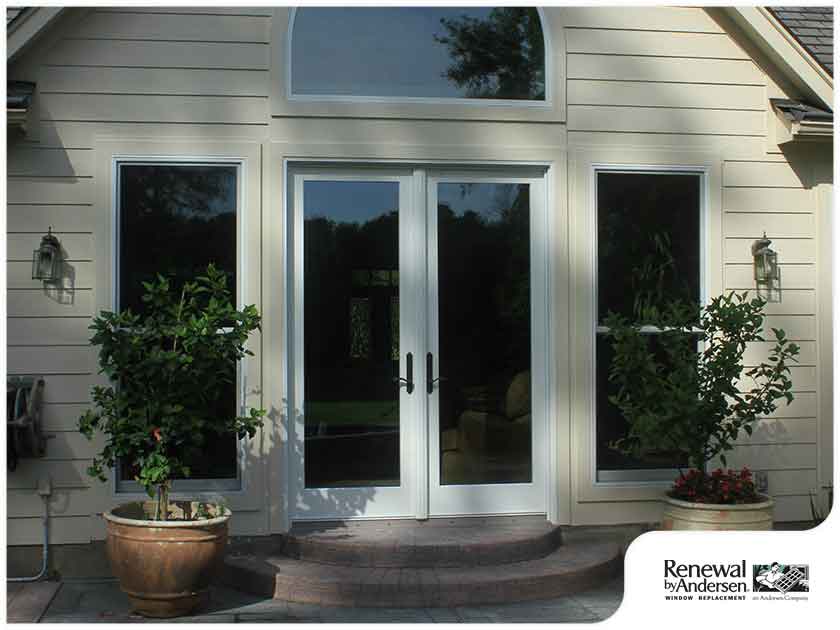MENU


Sliding patio doors are one of the most convenient door styles offered to homeowners to date. However, they can run into some serious security issues if they don’t have secure locks. As a homeowner, it’s your responsibility to ensure that every part of your home is safe and secure against home intruders. Here are four ways you can address common patio door security mistakes.

Simple entry latches work on contemporary entry doors since the entire body of the door is made of steel or fiberglass that distributes the force equally through your door. Patio doors, however, have a huge glass area. This difference alone shows that these doors have different safety standards. Instead of using a single-latch system, swap them out for a multi-point locking system or reach-out latches for sliding doors. This makes it more difficult to make a forced entry.
Your home’s patio doors are meant to be a private access into your home, and you don’t want this entrance visible from the curbside. Or, your home wouldn’t have as much privacy as intended. If you notice this issue, contact your door company to have your sliding patio door repositioned in a secluded area. If this isn’t possible, you can add shades, shutters or blinds to add some privacy into your home.
Nowadays, single-pane glass doesn’t hold up to today’s safety requirements. This is because it can be easily damaged by strong winds or pried open by force. It also conducts heat easily, which reduces your home’s energy efficiency. When you opt for double-pane patio doors, you can rest assured that they’re durable, efficient and, most of all, secure.
Looking for quality replacement windows and doors to improve your home’s security and energy efficiency? Look no further than Renewal by Andersen® of San Francisco! Contact us at (866) 609-5033, or fill out our contact form for a FREE virtual consultation. We serve clients in San Francisco and the rest of the Bay Area.